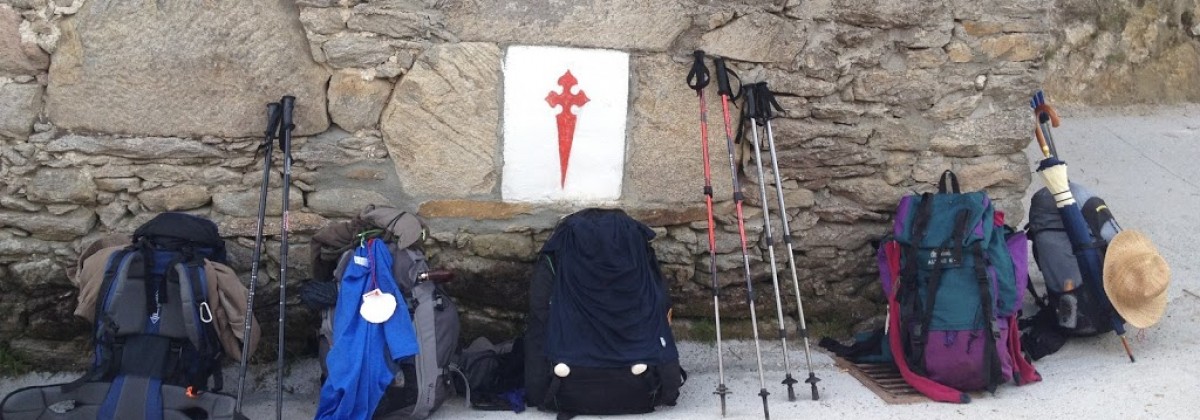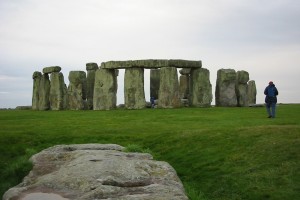on my first visit to Bru na Boinne, my budget-conscious self opted against the extra expense of adding Knowth to my ticket. probably for the best in the end as the weather turned dismally drizzly by the end of my hour on-site. Newgrange, with its impressively restored facade and amazing equinox illumination, certainly seems more impressive at a cursory glance, but now having seen both I stand equally, if not more, impressed with Knowth.
of the passage tombs in the area, Knowth is the largest, both in terms of its primary mound and because of the smaller satellite tombs that surround it. construction of the primary mound dates to sometime between 2500 and 2000 BCE, making it slightly younger than Newgrange. unlike Newgrange, however, the primary Knowth mound has two interior chambers accessed by passages from opposite sides of the mounds. the two chambers are mere feet from one another, but the passage does not extend all the way through the mound. also unlike at Newgrange, visitors aren’t allowed down the passages. because of its history, Knowth is not considered structurally safe enough to allow the average person access.
 some speculate that, after falling into disuse, a layer of dirt from the top of the mound at Newgrange cascaded down over the entrance and decorated and decorative stones, preserving them and sealing the passage and tomb securely until farm laborers excavating for stone unearthed the entrance in 1699. (Charles Campbell, the man responsible for Newgrange, was part of Cromwell’s plantation plan and had leased the land from the government in England.) at Knowth as well, dirt covered the entrances and stones circling the mound at Knowth but whereas Newgrange went largely untouched in intervening centuries, all manner of people built atop the mound at Knowth. sometime during the Iron Age, it became a hill fort, beginning a period of long habitation. (those inhabitants must have found the passages as some of the stones sport graffiti in ogham symbols.) a branch of powerful early-Irish clan made their home around and atop the mound around 800 CE and several hundred years later the site came under the jurisdiction of the monks at Mellifont, who constructed a number of stone buildings on the site, which further affected the structural integrity of the interior passages. once the monks lost the land it was used as farmland for centuries, primarily for grazing, until being purchased by the Irish government in 1939 with early excavations beginning a few years later and a major one getting under way in the early 1960s.
some speculate that, after falling into disuse, a layer of dirt from the top of the mound at Newgrange cascaded down over the entrance and decorated and decorative stones, preserving them and sealing the passage and tomb securely until farm laborers excavating for stone unearthed the entrance in 1699. (Charles Campbell, the man responsible for Newgrange, was part of Cromwell’s plantation plan and had leased the land from the government in England.) at Knowth as well, dirt covered the entrances and stones circling the mound at Knowth but whereas Newgrange went largely untouched in intervening centuries, all manner of people built atop the mound at Knowth. sometime during the Iron Age, it became a hill fort, beginning a period of long habitation. (those inhabitants must have found the passages as some of the stones sport graffiti in ogham symbols.) a branch of powerful early-Irish clan made their home around and atop the mound around 800 CE and several hundred years later the site came under the jurisdiction of the monks at Mellifont, who constructed a number of stone buildings on the site, which further affected the structural integrity of the interior passages. once the monks lost the land it was used as farmland for centuries, primarily for grazing, until being purchased by the Irish government in 1939 with early excavations beginning a few years later and a major one getting under way in the early 1960s.
the primary mound at Knowth is about 95 meters across at its widest point and is surrounded by 18 smaller mounds. a ring of 124 elaborately carved kerbstones — with artwork on both sides and some evidence they may have been appropriated from earlier sites based on carvings — circles the base of the main mound and represents the largest collection of neolithic art in Europe; they are remarkably well preserved because they remained covered by dirt for so many centuries. the passages are 40m (eastern) and 34m (western) in length and were constructed along an axis to align with sunrise and sunset on the equinoxes. excavations of the site began in the 1960s and took some 40 years to complete and took the mound down to its base. (Newgrange, on the other hand, hasn’t been dismantled as its interior has remained sealed since its construction. Dowth has yet to be excavated – I recall our guide saying something about leaving sites for future generations to investigate.)











